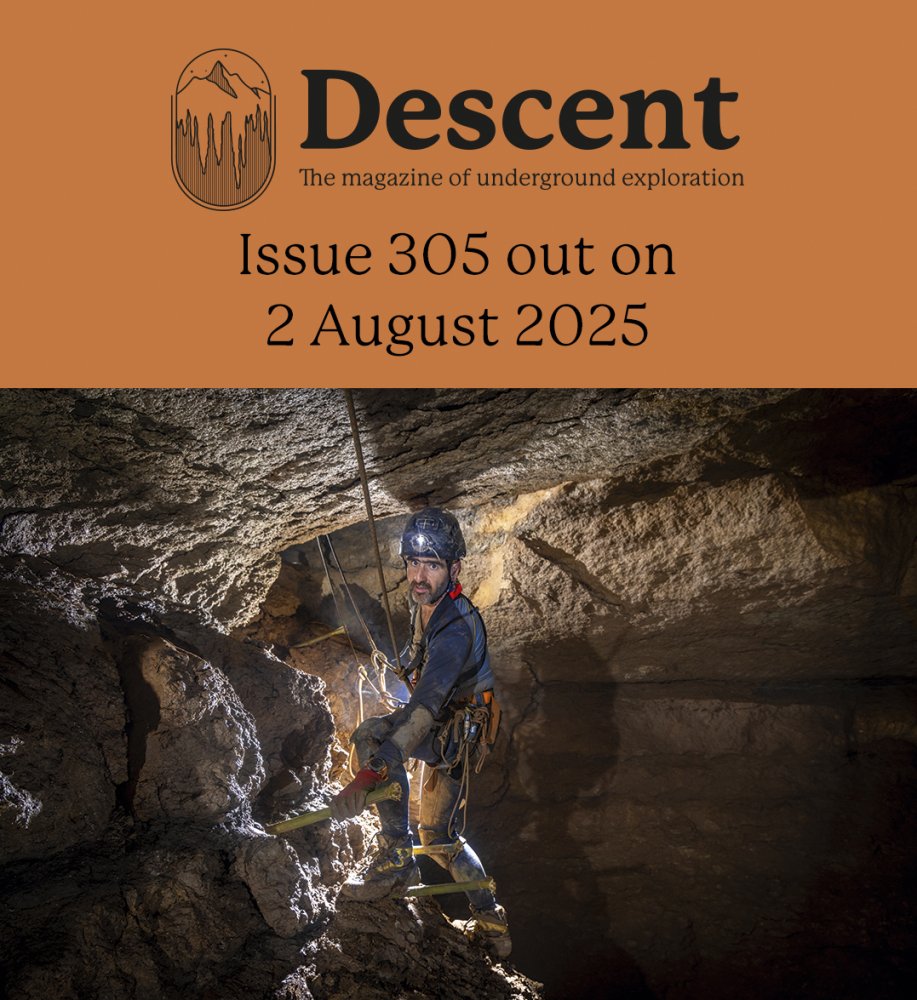A large Sinkhole was recently discovered by council workers mowing a disused limestone quarry on the edge of the south downs in Otford Kent.
They almost lost their tractor in it.
This sinkhole sits roughly in the path of underground waterways that bubble to the surface about 200m away.
I've always wondered for years if there were caves around Otford, and this sinkhole presents some major issues for the village, as half of it is built on the limestone hill itself.
This has put a lot of the village at risk, but as I understand it, the council have so far done nothing about it.
I wondered if anyone here knows the best step to take to identify risk in the area?
They almost lost their tractor in it.
This sinkhole sits roughly in the path of underground waterways that bubble to the surface about 200m away.
I've always wondered for years if there were caves around Otford, and this sinkhole presents some major issues for the village, as half of it is built on the limestone hill itself.
This has put a lot of the village at risk, but as I understand it, the council have so far done nothing about it.
I wondered if anyone here knows the best step to take to identify risk in the area?




